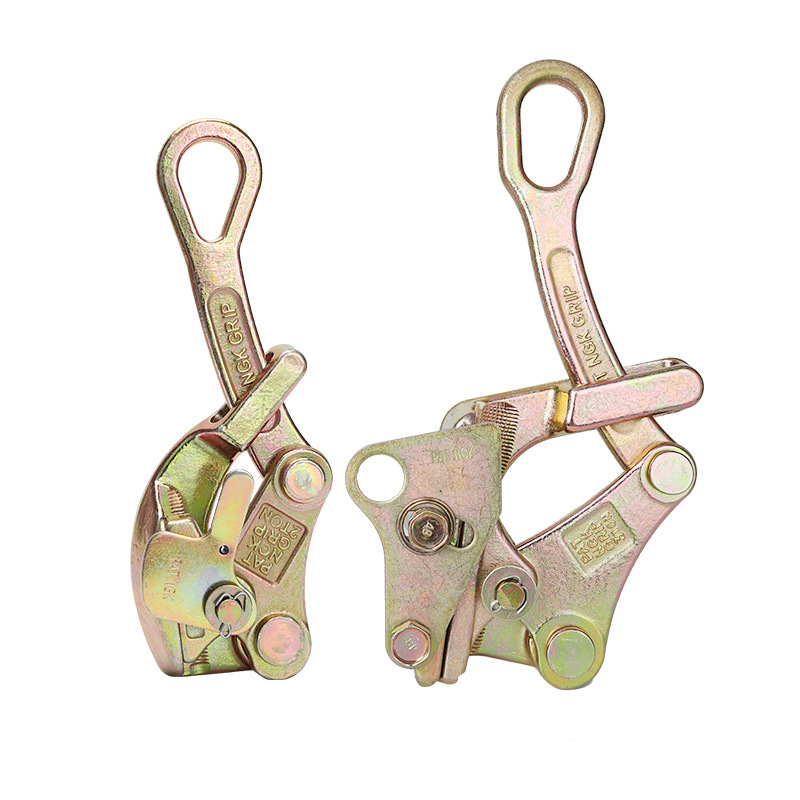
-
 Afrikaans
Afrikaans -
 Albanian
Albanian -
 Amharic
Amharic -
 Arabic
Arabic -
 Armenian
Armenian -
 Azerbaijani
Azerbaijani -
 Basque
Basque -
 Belarusian
Belarusian -
 Bengali
Bengali -
 Bosnian
Bosnian -
 Bulgarian
Bulgarian -
 Catalan
Catalan -
 Cebuano
Cebuano -
 Corsican
Corsican -
 Croatian
Croatian -
 Czech
Czech -
 Danish
Danish -
 Dutch
Dutch -
 English
English -
 Esperanto
Esperanto -
 Estonian
Estonian -
 Finnish
Finnish -
 French
French -
 Frisian
Frisian -
 Galician
Galician -
 Georgian
Georgian -
 German
German -
 Greek
Greek -
 Gujarati
Gujarati -
 Haitian Creole
Haitian Creole -
 hausa
hausa -
 hawaiian
hawaiian -
 Hebrew
Hebrew -
 Hindi
Hindi -
 Miao
Miao -
 Hungarian
Hungarian -
 Icelandic
Icelandic -
 igbo
igbo -
 Indonesian
Indonesian -
 irish
irish -
 Italian
Italian -
 Japanese
Japanese -
 Javanese
Javanese -
 Kannada
Kannada -
 kazakh
kazakh -
 Khmer
Khmer -
 Rwandese
Rwandese -
 Korean
Korean -
 Kurdish
Kurdish -
 Kyrgyz
Kyrgyz -
 Lao
Lao -
 Latin
Latin -
 Latvian
Latvian -
 Lithuanian
Lithuanian -
 Luxembourgish
Luxembourgish -
 Macedonian
Macedonian -
 Malgashi
Malgashi -
 Malay
Malay -
 Malayalam
Malayalam -
 Maltese
Maltese -
 Maori
Maori -
 Marathi
Marathi -
 Mongolian
Mongolian -
 Myanmar
Myanmar -
 Nepali
Nepali -
 Norwegian
Norwegian -
 Norwegian
Norwegian -
 Occitan
Occitan -
 Pashto
Pashto -
 Persian
Persian -
 Polish
Polish -
 Portuguese
Portuguese -
 Punjabi
Punjabi -
 Romanian
Romanian -
 Russian
Russian -
 Samoan
Samoan -
 Scottish Gaelic
Scottish Gaelic -
 Serbian
Serbian -
 Sesotho
Sesotho -
 Shona
Shona -
 Sindhi
Sindhi -
 Sinhala
Sinhala -
 Slovak
Slovak -
 Slovenian
Slovenian -
 Somali
Somali -
 Spanish
Spanish -
 Sundanese
Sundanese -
 Swahili
Swahili -
 Swedish
Swedish -
 Tagalog
Tagalog -
 Tajik
Tajik -
 Tamil
Tamil -
 Tatar
Tatar -
 Telugu
Telugu -
 Thai
Thai -
 Turkish
Turkish -
 Turkmen
Turkmen -
 Ukrainian
Ukrainian -
 Urdu
Urdu -
 Uighur
Uighur -
 Uzbek
Uzbek -
 Vietnamese
Vietnamese -
 Welsh
Welsh -
 Bantu
Bantu -
 Yiddish
Yiddish -
 Yoruba
Yoruba -
 Zulu
Zulu


ធ្នូ . 14, 2024 19:36 Back to list
sock cable
The Importance and Versatility of Sock Cables in Modern Connectivity
In today's fast-paced digital world, the need for efficient and reliable connectivity solutions is more important than ever. One often-overlooked aspect of this connectivity is the sock cable, a term that might not be familiar to everyone but plays a critical role in many applications. Sock cables, typically used in high-performance computing and data centers, serve as a vital link in the network infrastructure, enabling seamless communication between devices.
Sock cables, often referred to as socked or sleeved cables, are designed to protect and organize the multitude of wires necessary for connecting various devices. These cables come with an outer layer or sock, usually made from fabric or other insulating materials, which helps to reduce interference and improve signal integrity. The sock also adds a layer of durability, ensuring that the cables withstand the wear and tear of daily use while maintaining their functionality.
One of the primary advantages of using sock cables is their ability to reduce clutters in server rooms and data centers. With numerous devices requiring connections, the potential for tangles and disorganization is overwhelming. Sock cables provide a solution by allowing the grouping of multiple connections into a singular, manageable bundle. This organization not only enhances the aesthetics of the setup but also improves airflow and cooling efficiency—critical elements in preventing overheating in high-stakes environments.
sock cable

Moreover, the versatility of sock cables makes them suitable for various applications beyond just data centers. They can be found in home networks, audio-visual setups, and even in automotive systems where high-speed data transfer is essential. For instance, enthusiasts who build custom PCs often rely on sock cables to maintain a tidy and functional look within their cases. The availability of sock cables in various colors and designs also allows users to personalize their setups, adding an element of style to functionality.
When considering the performance aspects, sock cables are engineered to support high bandwidth and low latency. This makes them ideal for applications that require rapid data transfer, such as online gaming, video streaming, and professional content creation. With the growing demand for high-speed internet and seamless connectivity, the importance of sock cables in maintaining performance cannot be overstated. They enable networks to operate at peak efficiency, ensuring that users can enjoy uninterrupted service.
Furthermore, as technology continues to evolve, sock cables are keeping pace with the latest standards. Emerging technologies such as 5G and fiber-optic networks leverage the capabilities of sock cables to meet the growing demands of the digital age. In this context, investing in high-quality sock cables becomes paramount for businesses and individuals alike, as it ensures future-proofing of their network infrastructure.
In conclusion, sock cables play an essential role in the realm of connectivity. Their ability to reduce clutter, enhance performance, and adapt to various applications makes them a fundamental component of modern technology. As we continue to rely more on interconnected devices, the importance of reliable and efficient cable solutions like sock cables cannot be overlooked. Investing in them not only contributes to a cleaner, more organized setup but also ensures a robust infrastructure capable of supporting our ever-increasing connectivity needs. Whether in a data center, home network, or creative workspace, sock cables are crucial allies in navigating the complexities of our digital lives.
Latest news
What Are Construction Tools and How Are They Used?
NewsJul.11,2025
Professional-Grade Duct Rodding Tools for Superior Cable Installation
NewsJul.11,2025
Enhancing Safety and Efficiency with Modern Hot Stick Solutions
NewsJul.11,2025
Empowering Cable Installation with Advanced Rodder Solutions
NewsJul.11,2025
Elevate Your Cable Installation Projects with Cable Pulling Tools
NewsJul.11,2025
Efficient Cable Handling Solutions: Cable Rollers for Sale
NewsJul.11,2025











